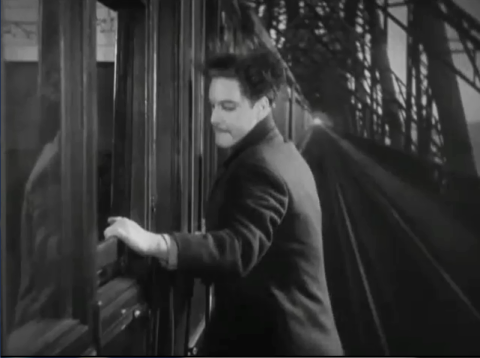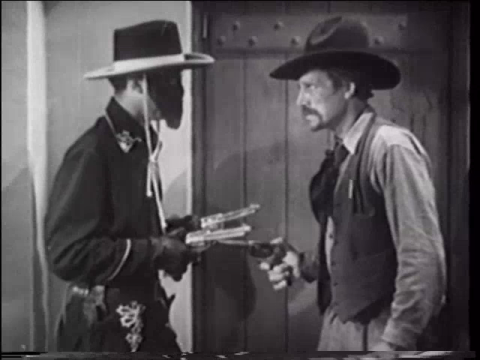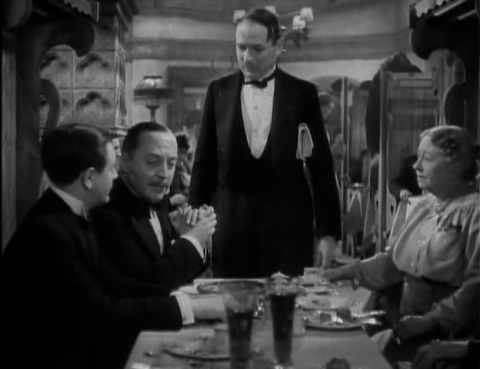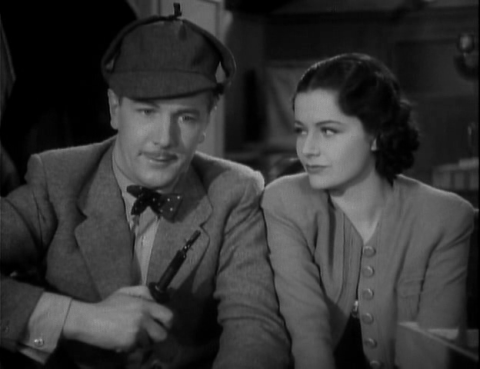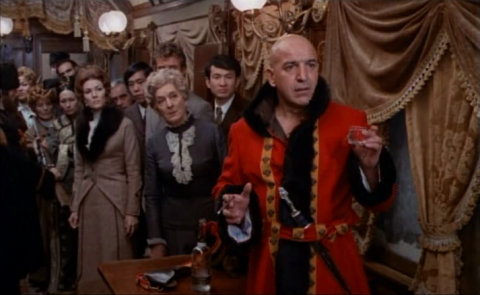There is a lot of German film at the Internet Archive. There are German wartime newsreels, silent classics from the German Expressionism and World War II propaganda such as Kampf um Norwegen, just to mention a few important categories.
Der Mann, der Sherlock Holmes war, this week’s film, has nothing to do with wars nor expressionism, however. It is a very refreshing mystery comedy, and as the title implies there is also a Sherlock Holmes connection.
The film begins with two persons, dressed up as Sherlock Holmes and Dr. Watson, stopping a train in the middle of the night in order to get on board. We soon find out that they are not the famous detective and his companion at all. Exactly what they are after is something we are not told at this point, but everyone fall for their ruse. The train personnel do everything they can to help them, while a couple of criminals on board bolt for the woods, just in case, leaving their baggage behind. “Watson” and “Holmes” soon encounter a couple of very nice women in the next compartment and promptly develop a romantic interest.
This beginning may sound a bit convoluted, and I guess it is. And even while the rest of the film follows the same pattern story-wise, it is made with such charm and skill that I am drawn into the fiction without reservation or hesitation.
The Sherlock Holmes fanatic will be disappointed to learn that the “real” Holmes never shows up in this film, but as a consolation, there is a fictional Arthur Conan Doyle who appears briefly on a few occasions.
The film is set largely in and around the 1910 World’s Fair in Brussels. In addition to the themes of fake identities and romance, we find elements such as rare postage stamps, forgery and a strange inheritance. The whole thing ends with a trial in a gigantic courtroom. A worthy conclusion of a film that, all things considered, must be said to be well worth a watch.
There are no subtitles for this film, so stay away unless you know German.
This film is best enjoyed for the brilliant actors. Hans Albers is often recognized for his excellent portrayal of the fake Holmes, but Heinz Rühmann is perhaps even better as his equally fake Watson sidekick.
Der Mann, der Sherlock Holmes war
Download link
Year: 1937
Language: German (no subtitles)
Running time: 1 h 46 min
Director: Karl Hartl
Stars: Hans Albers, Heinz Rühmann
Image quality: Acceptable
Resolution: Medium (512×384)
Sound quality: Good
Best file format: Cinepack (701 M)






